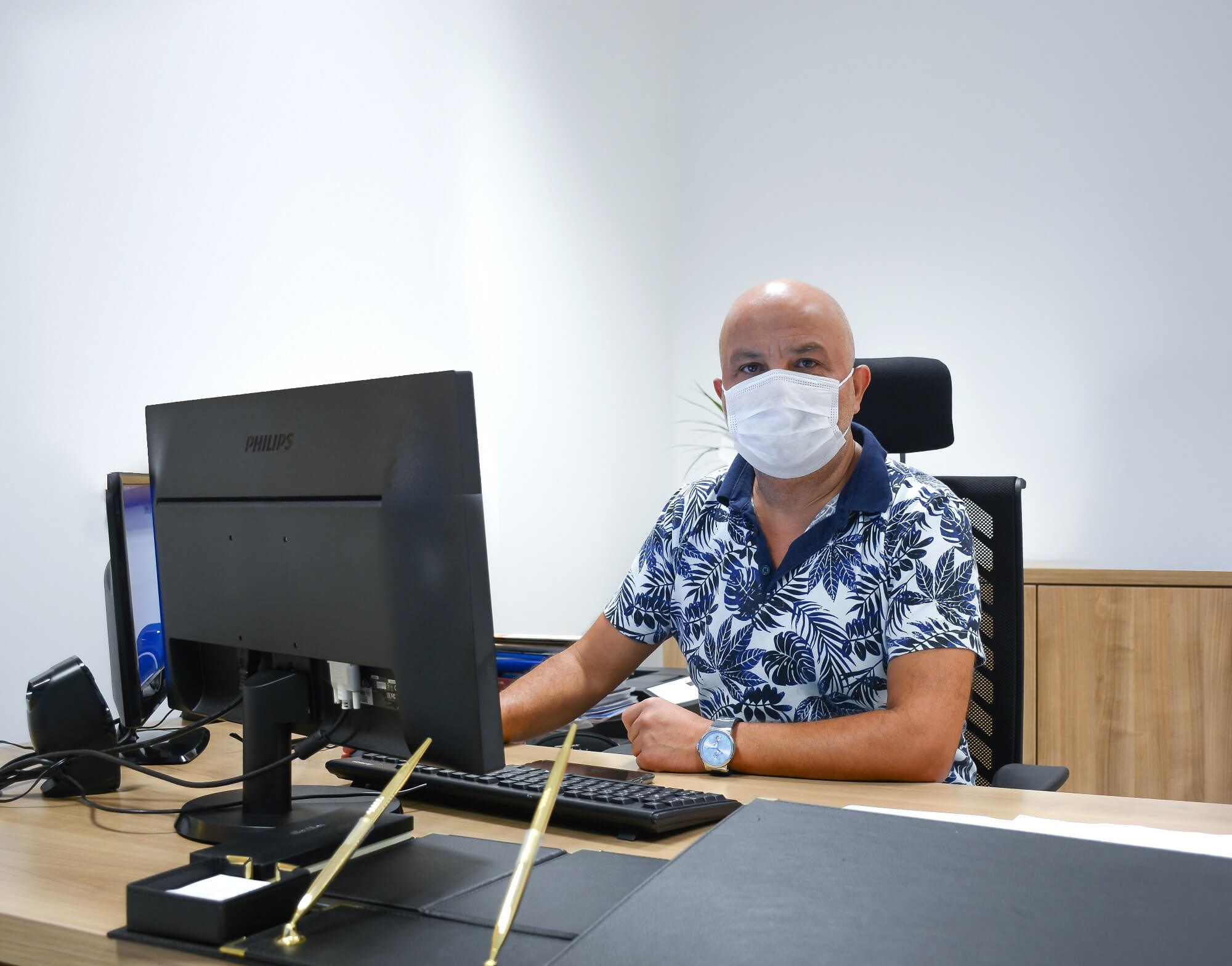
The reliability tests of the Protective "Nasal Spray", of which Near East University is a project partner of the research aiming to prevent spread of COVID-19, have been completed.
The results of the reliability tests of the protective "Nasal Spray", of which Near East University is a project partner of the research aiming to prevent the spread of the new type of coronavirus (COVID-19), revealed that no cytotoxic effect was found and the spray is safe.
In the statement made by Near East University DESAM Institute Director Prof. Dr. Tamer Şanlıdağ, it was reported that in the toxicity tests of the protective "Nasal Spray", which was developed to neutralize the contamination of SARS-CoV-2, which causes COVID-19 disease, the spray was found to be cytotoxic-free and did not damage cells, and also showed an anti-oxidant feature.
It has anti-oxidant feature...
It was determined that the protective nasal spray did not have a toxic effect and did not cause a harmful change in the human HepG-2 and CaCo cell lines. The results of the experiments investigating whether the nasal spray is safe and whether it has possible side effects revealed that the spray also has a good anti-oxidant feature.

Tried on 87 volunteers in Italy...
It was determined that there were no side effects and drug interactions during the use of the protective Nasal Spray tested on 87 people by the project partners in Italy. The spray, of which safety profile was evaluated, was reported to be safe.
Contains substances obtained from olive leaves...
The substances of the protective nasal spray, developed to neutralize the contamination of SARS-CoV-2 to cells, are obtained from olive leaf and the active ingredients in it have anti-viral and anti-oxidant properties.
The safety report will be published in the Scientific Journal...
The report regarding the reliability test results of the nasal spray, which were completed and no adverse reaction was found in laboratory experiments, was accepted to be published in a scientific journal scanned in international indexes.